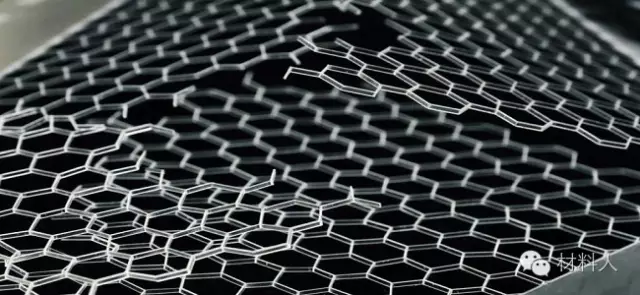Abstract Recent research shows that scientists can ultimately create a material that is resistant to breakage and fracture in a viable way. Through simulations and research on so-called metamaterial man-made structures, scientists have found that they can overcome material failure problems by adjusting the base hardness of materials...
Recent research shows that scientists can eventually create a material that is resistant to breakage and fracture in a viable way. Through simulations and research on so-called metamaterial man-made structures, scientists have found that they can overcome material failure problems by adjusting the base hardness of the material. The study, published in the Proceedings of the National Academy of Sciences, explored the effects of changes in material hardness through experiments and computer simulations. 
Studies have shown that when a solid hardness approaches a certain value, its failure behavior will change completely, and the natural fracture of the material is completely different from the fracture at high hardness or low hardness. A systematic approach to research and control of this phenomenon will give scientists a better understanding of how the material breaks.

The researchers also found that when the material becomes softer, its failure zone widens, providing scientists with a broader view of the failure mechanism. Unlike material research at the microscopic scale, researchers can reduce material stiffness and essentially prevent failure zones from occurring.
Vincenzo Vitelli, a physicist at the Lorenz Institute in Leiden, the Netherlands, said: "Reducing the stiffness of the material, in a sense like holding a magnifying glass, allows you to magnify the crack width, even in tiny sizes. It can also be as large as the sample size."
Scientists familiar with the study say the study provides a broader explanation of the material failure mechanism and opens up new areas of research including fracture mechanisms and failure control.
Karin Dahmen, a professor of physics at the University of Illinois at Urbana-Champaign, said: "The researchers placed the fractures caused by small cracks and the fractures caused by large cracks on a negative film, indicating the different conditions they produced: one is a rigid material, the other It is a low hardness material." Of course he did not participate in the project research.
“This research will lead to many follow-up studies because it provides us with a controlled and powerful theoretical interpretation of fractures in the spatial context of many different materials.â€
James Sethna, a professor of physics at Cornell University, agrees. He said: "A systematic theory allows us to predict material damage through cracks, stresses, and bends. Most importantly, when we make materials, all of these factors are driven by the whole body." There is no such thing as Sethna. Participate in project research. “A perfect, systematic approach to avoid experimentation and mistakes.â€
Emergency Led Drivers,Emergency Battery Backup Led Driver,Led Emergency Backup Driver,Emergency Light Drivers
Foshan Nai An Lighting Electric Co.,ltd , https://www.twinspotlights.com